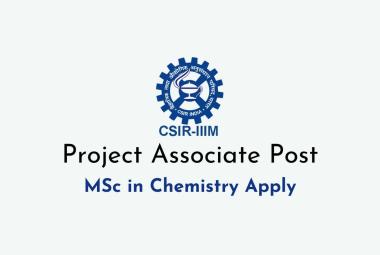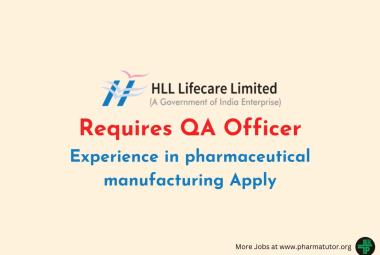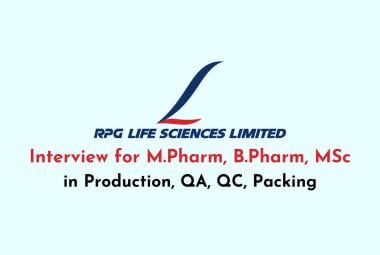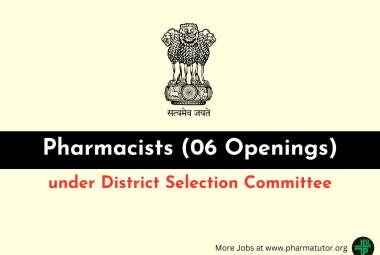SIMULTANEOUS DETERMINATION AND VALIDATION OF TELMISARTAN AND RAMIPRIL IN PHARMACEUTICAL DOSAGE FORM BY RP – HPLC AND HPTLC
About Author:
B. Raj kumar*, M. Priyanka1, K. V. Subrahmanyam2, Syed Mujtaba Ahmed3, Ch. RakeshReddy1, R. Prem Sagar1
*Department of Pharmaceutical Analysis
Mits College of Pharmacy, kodad, Nalgonda
1. Department of Pharmaceutics
Mits College of Pharmacy, Kodad, Nalgonda
2. Department of Pharmaceutical Analysis
PIPS, Suryapet, Nalgonda
3. Department of Pharmaceutical chemistry
Netaji college of Pharmacy, Choutuppal, Nalgonda
Abstract:
The present work deals with the studies carried out on the development, optimization and validation of RP-HPLC and HPTLC methods for the simultaneous estimation of Telmisartan and Ramipril in combined dosage form. Market is folded with combination of drugs in various dosage forms. The multi-components formulations have gained a lot of importance now days due to greater patient acceptability, increased potency, multiple action, fewer side effects and quicker reliefs. For simultaneous estimation of drugs present in multi-component dosage form, High Pressure Liquid Chromatography (HPLC) and High Pressure Thin Layer Chromatography (HPTLC) methods are considered to be most suitable since it is extremely precise, accurate, sensitive, linear and rapid. The literature survey carried out and it revealed that several analytical methods have been reported for estimation of these drugs as individual or in combination with other drugs. So the objective of the work is to develop HPLC and HPTLC methods for simultaneous estimation of drugs in multi-component dosage form for which no analytical method has been previously reported. Hence, present study have been planned to develop a specific, precise, accurate, linear, simple and rapid HPLC and HPTLC methods for simultaneous estimation of Telmisartan and Ramipril in tablet dosage form.
[adsense:336x280:8701650588]



 About Author:
About Author: 





